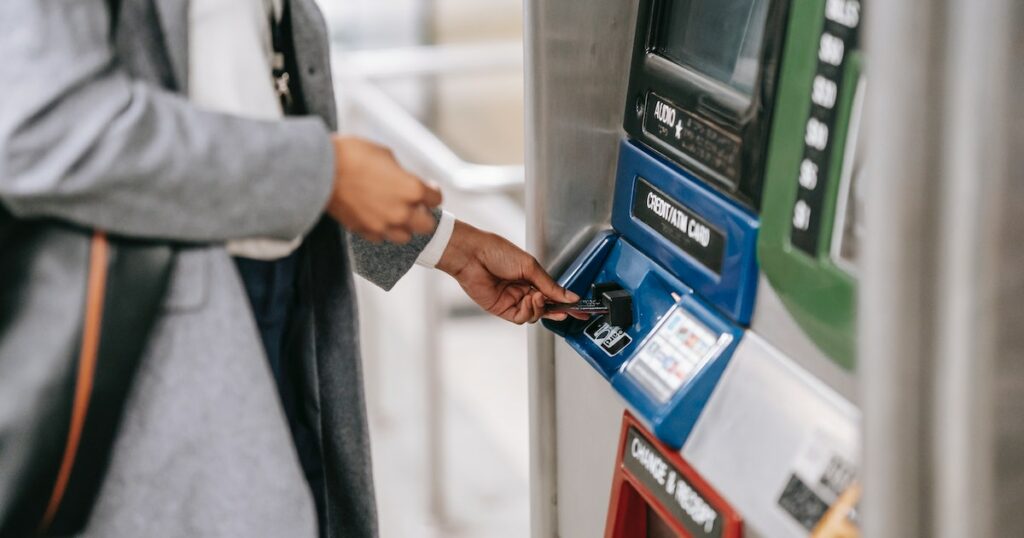Learn the 4 Most Common Types of Bank Accounts

Checking Account Characteristics
• No minimum amount necessary to open or maintain an account
• Direct deposit
• Online banking via your bank’s app or website
What to Look for in a Checking Account
Fees are standard at large banks and even credit unions. It’s one of their sources of income. So, before you open a checking account, do some research to find out what you might be liable for.
The following are some of the most prevalent fees:
• Overdraft fees. One advantage of using cash solely is that you cannot spend more than you have. However, with a checking account, you can spend more than you have. This is known as overdrawing your account, and it has penalties.
• Returned (“bounced”) check fees. The problem with paper checks is a time lag between when you write them and when they are cashed. In truth, there is no “expiration date” on reviews, but most banks will not cash anything older than six months. So, when you write a check, consider it spent. Make a note of it in your check ledger, so you don’t forget. If you don’t, you can end yourself spending the money twice. If your check is cashed and you don’t have enough money to cover it, it will “bounce.” Furthermore, your bank will charge you a fee for processing the bounced check.
• Monthly maintenance fee. This is another area where banks can make a lot of money quickly. They’re charging you a charge to keep your money in their bank. Even at $5 per month, the annual cost is $60. That’s money that could be used to your debt snowball or saved!
2. Savings Account
A checking and savings account complement each other like Batman and Robin. They make an excellent team, and if you’re going to set up one, you might as well put up the other.
A savings account is exactly what it sounds like: a location where you can save money. It’s an excellent place to keep monies you don’t need immediately but wants to have on hand just in case.
Consider automobile maintenance. You should put money in a savings account if you set up a car maintenance sinking fund (a stash of cash for expenses you know are coming) in your budget for things like oil changes, tire rotations, and tune-ups. You don’t need it every week or month, but you need it to be accessible when you need it.
And if you keep it in your bank account, you might spend it by mistake. You won’t get rich by putting your money in a savings account (the typical interest rates right now aren’t even a whole percent), but it will help you budget better, build up your saving muscle, and provide you a place to put extra cash that you don’t need right away.


